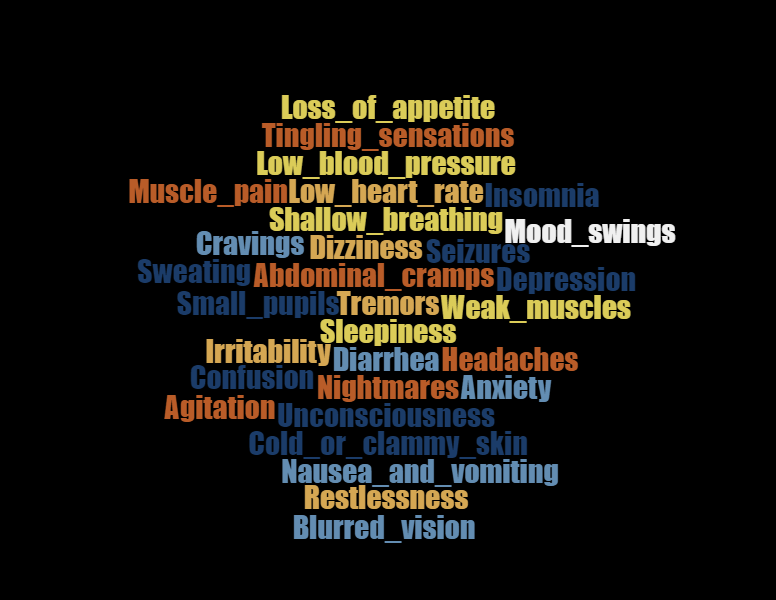


Patients should be given access to individual therapy sessions based on whatever frequency recommended by a clinician. The next phase of MAT treatment should include a personalized plan for behavioral and psychosocial well-being. Naltrexone: blocks the effects of opioids to prevent opioid high also used to prevent overdose in the event of relapse. Methadone and buprenorphine: works to reduce cravings and withdrawal symptoms and allow patients to function normally in everyday life. Here is a brief overview of the pharmacological treatments you should be aware of:Ĭlonidine: works by reducing anxiety, agitation, muscle aches, sweating, runny nose, and cramping. There are a wide variety of pharmacological and behavioral treatments available for patients enduring opiate withdrawal symptoms. One 2014 treatment facilities study by SAMHSA found that medications were used in nearly 80% of detoxification cases. Medication-assisted treatment (MAT) is a combination of medication and counseling interventions in order to treat opiate dependence disorders and prevent overdose. It is imperative for clinicians to focus on improving the quality of life of those who are experiencing opiate withdrawal symptoms – especially by encouraging them to seek help at one of our drug treatment centers. Symptoms may lead to more dangerous conditions, such as severe dehydration, aspiration and lung infection, or relapse leading to accidental overdose. Emotional symptoms such as irritability, anxiety, and agitation.Symptoms of opiate withdrawal, which can resemble a bad case of the flu, include: Withdrawal from opiates takes place whenever chronic use of an opiate-whether it’s heroin or prescription painkillers-is suddenly discontinued. Clinical Insight Into Alleviating Your Patient’s Withdrawal and Encouraging an Drug Treatment Centersįor many patients, the grueling first stage of opiate withdrawal symptoms is incredibly uncomfortable and difficult.


 0 kommentar(er)
0 kommentar(er)
